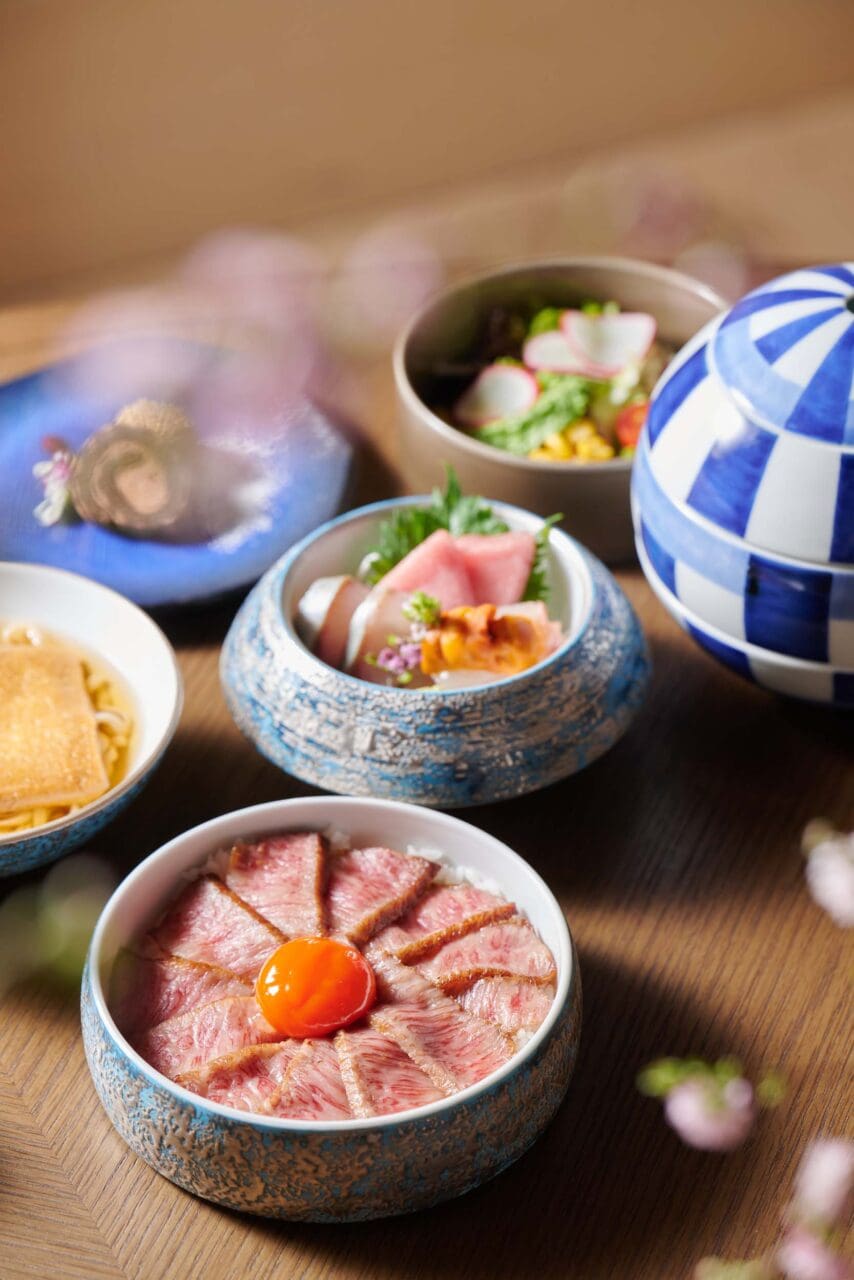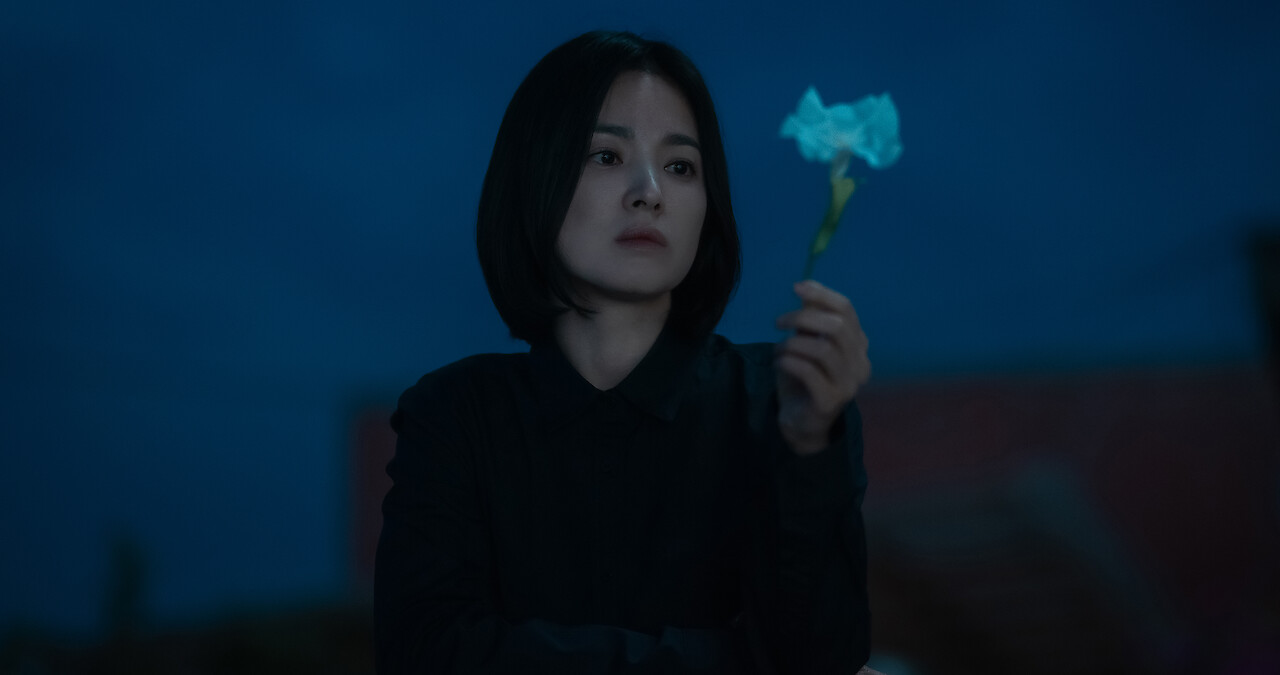Buahan, a Banyan Tree Escape
Hidden within a secluded, untouched part of Northern Ubud is Buahan, a Banyan Tree Escape. Well off-the-beaten track, the exclusive resort is quite literally immersed in nature, with just a breezy gauze veil separating guests from the lush vegetation outside of their Balinese balé-style pavilions. This “no walls, no doors” concept allows guests to enjoy Bali in its purest most unadulterated state – but with the comfort of a smart air conditioning system and of course, all the trappings of luxury and the facilities that one might expect at a Banyan Tree group establishment.
Endless rolling hills of Buahan Valley stretch as far as the eye can see, the mountainside teeming with palms, bamboo and rice paddies, while far off in the hazy glow is an unreal view of Bali’s seven majestic peaks. Carefully researched and designed to ensure the surrounding environment would remain in pristine condition, Banyan Tree worked closely with local sustainable architect Gede Kresna so mindful, conscious decisions were made throughout. Secret hideaway spots offer sanctuary to guests, while events offer both curated and self-led experiences for a healing journey of discovery, connection and community integration.
The Open Kitchen and Living Room form the core of Buahan’s philosophy, and are communal spaces where guests can educate themselves on the resort’s zero-waste farm to table philosophy, heritage techniques and the local cuisine. A heavily plant-based and locally sourced menu is dished out at The Open Kitchen, courtesy of chef Eka Sunarya who employs his Balinese cooking techniques in everything from creamy moringa soup cooked in coconut shells to fragrant and flowery croquettes. A similar local, plant-driven approach is taken with Buahan’s Toja Spa which offers an “open” garden experience. Peering over the Ayung river, bamboo pavilions house a host of local traditional treatments spearheaded by Balinese healers and specialists. For those looking to make the most out of what Bali’s lush landscape can offer, water rejuvenation and meditation sessions take place at Buahan’s own waterfall at the bottom of the valley.
Lost Lindenberg
Just past a clearing in the quiet village of Pekutatan you’ll find a lurid neon wall that lures guests to explore what lies behind. A stark contrast to the lush greenery that surrounds it, this is the entrance to Lost Lindenberg, a collective that treats its guests as part of its own inner circle as opposed to someone merely passing through once and never again. A small hidden door gives way to a narrow path padded with thick foliage and leads to a serene courtyard and a compound of four tall towers that appear to be nestled into the trees themselves. Designed by Bali-based architects Alexis Dornier and Maximilian Jencquel, the hotel’s overall feel is clean and contemporary, suffused with warm pastels and brought to life with rustic textures like sustainably sourced wood, linen, Bali green stone and accents of brass.
As the first international outpost of the Frankfurt-based hotel group, Lost Lindenberg offers a community-driven space directed towards those with a hunger for discovery and an adventurous spirit. After all, the hotel is barely a stone’s throw from Medewi Surf Point – Bali’s longest wave – while surf sessions with local instructors are included in room rates.
Dining options are seasonal, entirely plant-based and dished out in the hotel group’s typical communal style – across a single, long table. Celebrating locally-sourced ingredients and Balinese home cooking with heavy lashings of Western influences, guests can expect the likes of homemade banana bread and granola with coconut yoghurt for breakfast. Lunches and dinners consist of more savoury items like wraps and jackfruit baos, while unique regional Indonesian fare takes centrestage at dinner.
A small but mighty spa is situated in the midst of Lost Lindenberg’s abundant vegetation. Within a wooden gladak shed, guests are presented with an assortment of treatments grounded in local rituals and aromatherapy, with everything from soothing aloe and turmeric wraps to more intense massages using bamboo stalks and hot stone sessions.
thelindenberg.com/en/hotels/lost/lost-lindenberg
Hoshinoya
A serene, Balinese temple facade greets guests at Hoshinoya, where an unassuming visitor might assume a typical Balinese getaway awaits. A closer look, however, reveals unique spatial design with decidedly Japanese features from the meticulously groomed water gardens to sliding Shoji doors and traditional Japanese lanterns called andon. Located in Eastern Ubud and informed by architects Rie Azuma and Hiroki Hasegawa, the space is a careful and intentional blend of Japanese design and Balinese culture that pays equal respect to both, as well as its immediate jungle surroundings. Complementary activities range from Balinese craft workshops and Gamelan performances (a traditional Balinese instrument crafted from bronze and bamboo), to enjoying Indonesian medicinal tea like Jamu and Wedang.
Dining takes place at Cafe Gazebo, a serene haven resembling a nest that seems to float on the treetops, where local seafood and regional spices are cleverly infused with Japanese influences and served across nine courses. When not indulging in the innovative culinary offerings, guests can dive into any of the three 70 metre long pools woven throughout the hotel, while further exploring may lead to Hoshinoya’s spa, located halfway down the hill from the resort. There, traditional Balinese rituals and techniques converge with bath salts, scrubs and oils for relaxing and rejuvenating treatments.
Editor
Carina Fischer



































